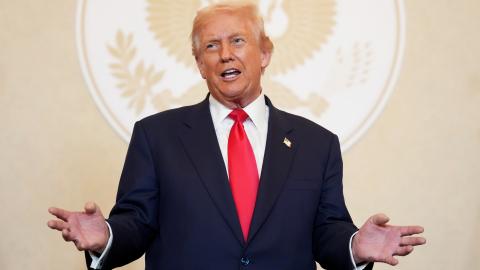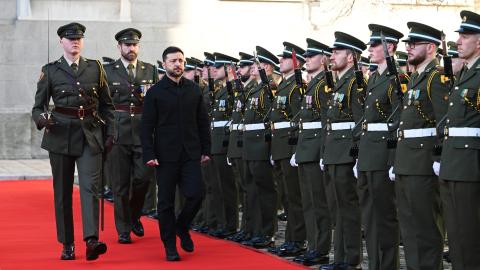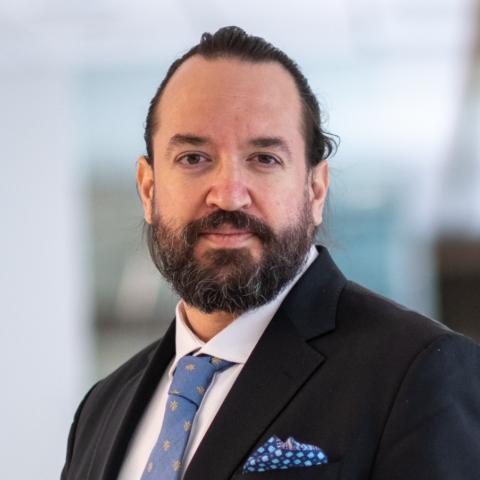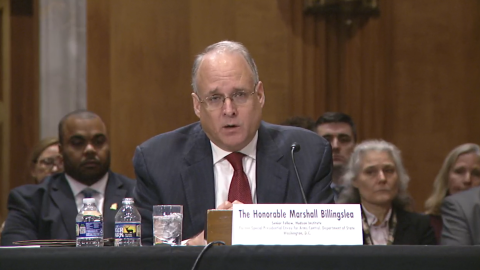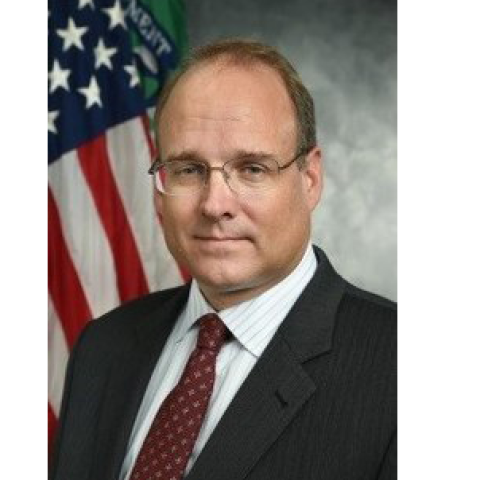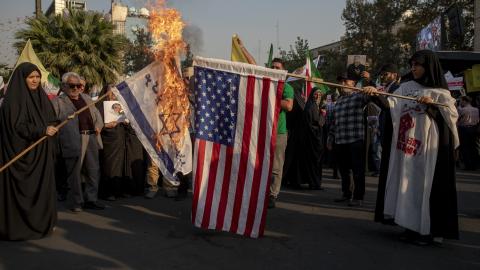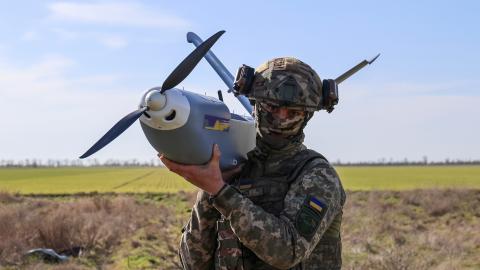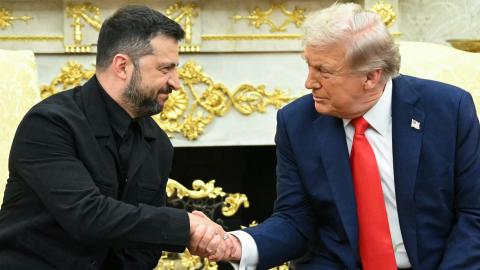President Trump greeted Ukrainian President Zelenskyy at the White House on Monday and when a reporter shouted: “What is your message to the people of Ukraine?” President Trump answered, “We love them.” And the rest of the day went about like that for Ukraine and the NATO Alliance. This was a wildly different interaction than the one a few months ago in the Oval Office when Vice President Vance snapped at President Zelenskyy, telling him to be more grateful for American support. This time, President Trump commanded the events and set a positive and overtly warm and constructive tone for the meetings over Ukraine’s security and future.
Trump had just recently ordered the U.S. military to assist the D.C. police in cleaning up crime and homeless encampments. It was if he timed it for hosting the most esteemed and robust gathering of the heads of state of all the wealthiest members of NATO, with whom President Trump has seemingly good personal relationships. Even this, meeting in the freshly cleaned up capital city, carried with it an important message: the chief executive can ensure Americans are safe and secure at home while also spending the necessary time tending to matters of war and peace. Despite some desires of the so-called “new right” coalition, President Trump does not believe “America First” means shirking from leading in the world and using American statecraft to shape events across oceans in the way he perceives Americans’ interests at home.
At the Alaska Summit with Russia’s Putin, President Trump committed to nothing except his intention to force the war to a peaceful end. And while it’s understandable and even right for Americans to recoil at the sight of their president, legitimately elected in a free election, shaking hands on a red carpet with the former KGB officer who has dissidents murdered, President Trump did the following: He ordered a flyover of B-2 bombers and F-35 fighter jets, in a gob smacking military flex loaded with symbolism. (The B-2s were the planes that dropped the bunker busting bombs on the illegal Iranian nuclear facilities, and Iran is a partner of Russia’s.) At the press conference alongside Putin, he said he would be calling Ukrainian President Zelenskyy and NATO leaders, demonstrating he would not make any decisions without his Allies. Three days later, those Allies joined him in Washington, D.C.
It would be national suicide for Ukraine to simply trust Russia to honor its commitments to peace.
Is the United States close to brokering a peace agreement between Russia and Ukraine? There are far too many difficult details to sort out and to know at this point. Even as the talks among Western leaders were ongoing, Russia continued its violent assaults against Ukrainian cities. Although Ukraine agreed to the U.S.-demanded ceasefire back in March, Russia has refused to stop its attacks.
Russia wants Ukraine to cede the entire territory of the Donbas, including the heavily fortified Donetsk, an areas Russia has been unable to wrest from Ukraine for over a decade. If Ukraine agrees to that, Russia would be given a far easier battlefield to subjugate all of Ukraine. This is why Zelenskyy cannot even begin to discuss drawing a demarcation line, nor recognize de jure Russian control of any territory in the Donbas, without concrete security guarantees from European and American nations. It would be national suicide for Ukraine to simply trust Russia to honor its commitments to peace without credibly deterring Russia from aggression with a promise of war with well-armed and wealthy NATO nations. President Trump, in a move that has surprised many in his isolationist coalition, expressed openness to U.S. security commitments. U.S. Special Envoy Steve Witkoff described what the U.S. team was considering as “Article V-like” commitments. Of course, Article V is a reference to the commitment of NATO members to come to the aid of any other NATO member if it is attacked.
According to media reports, a possible U.S. security guarantee for Ukraine will require Ukraine to commit to purchasing $100 billion worth of American weapons, which the Europeans will pay for. This will help American weapons manufacturers hire more workers, and speed up production rates of key weapons systems, which is imperative with growing threats from not only Russia, but from China, North Korea, and Iran.
We should be clear eyed. The road to peace on terms that are honorable and lasting is fraught. If Putin persists in making war against Ukraine to try to subjugate it, Congress must finally impose crushing sanctions against Russia to cut off its ability to fund the war, and do so with the Trump administration’s full support. And Western military support should continue. But after the remarkable last few days, it looks as though President Trump intends to marshal the Western alliance to incentivize Russia to stop its aggression.
If the president sustains this effort, it’s plausible that Ukraine could have a future beyond the authoritarian Russian grip, and as a battle-tested, highly capable ally in the West.
Read in World News.
